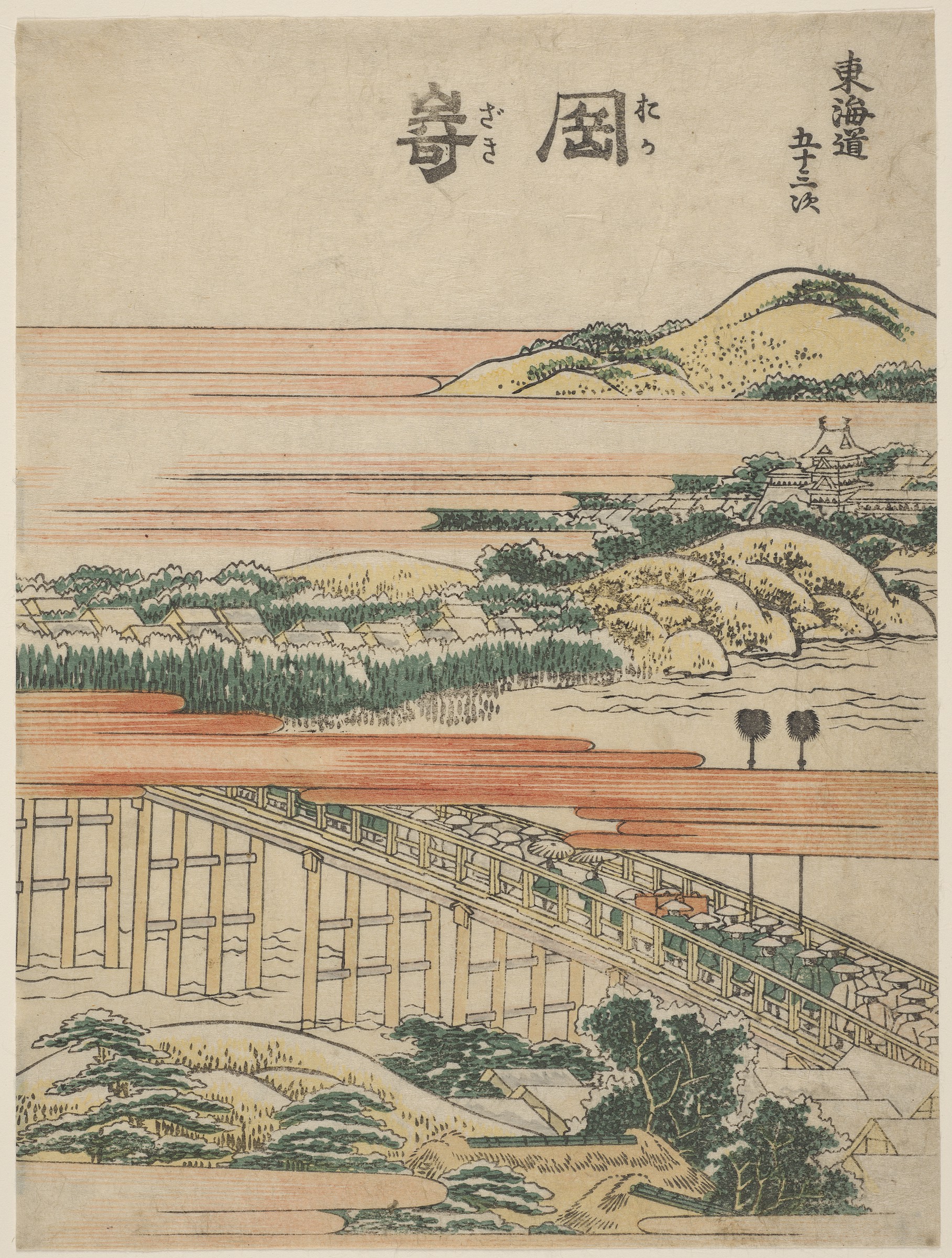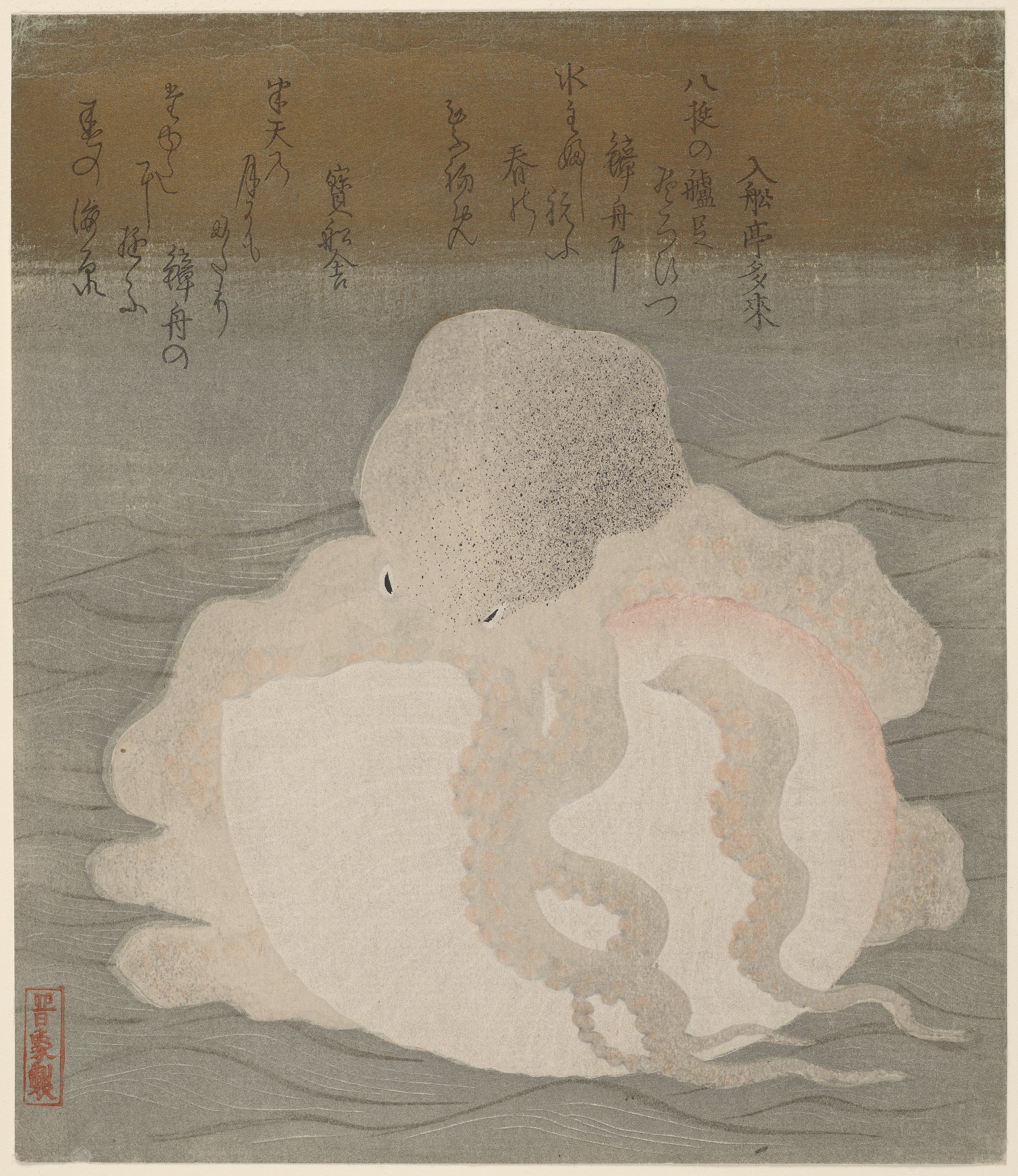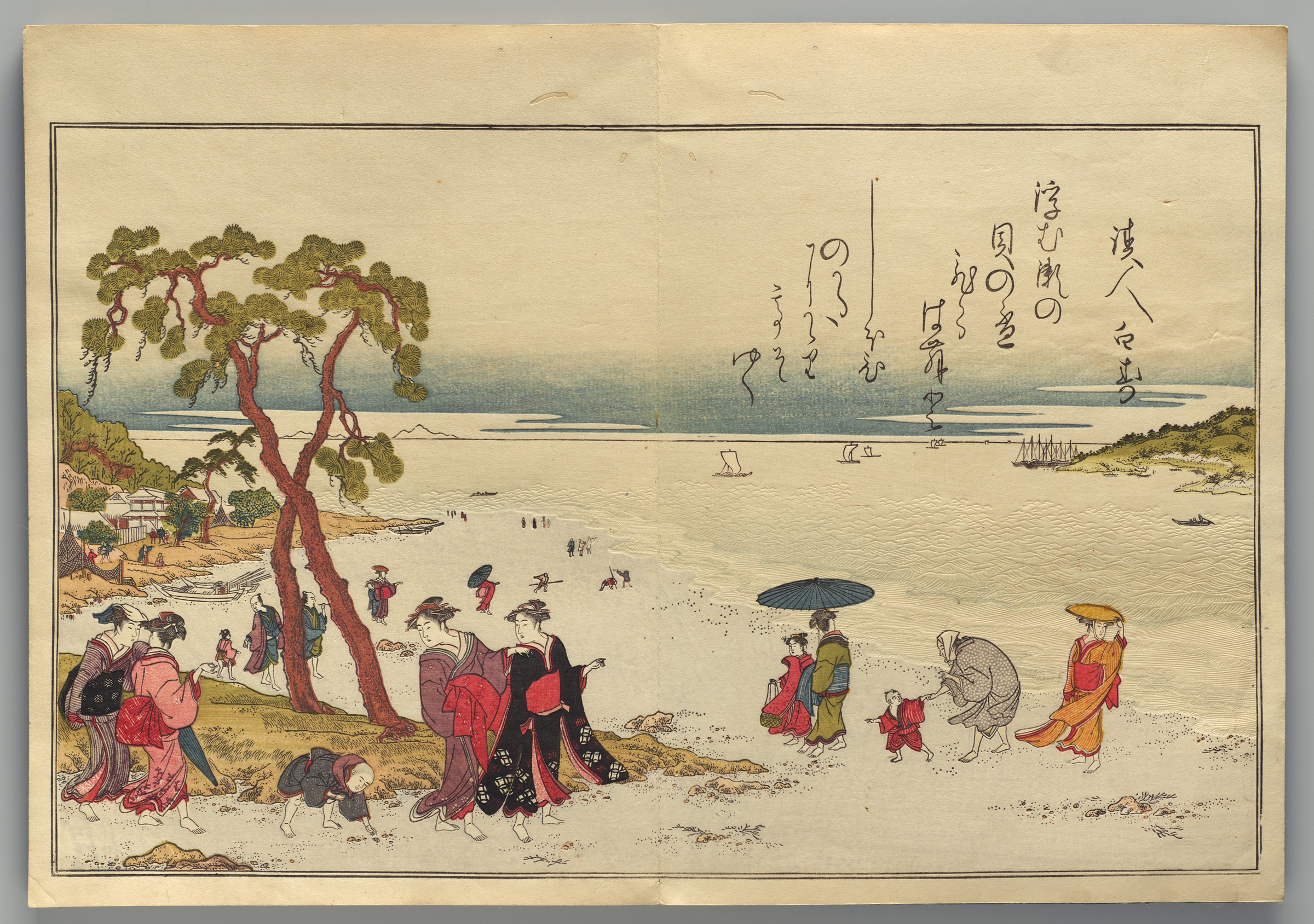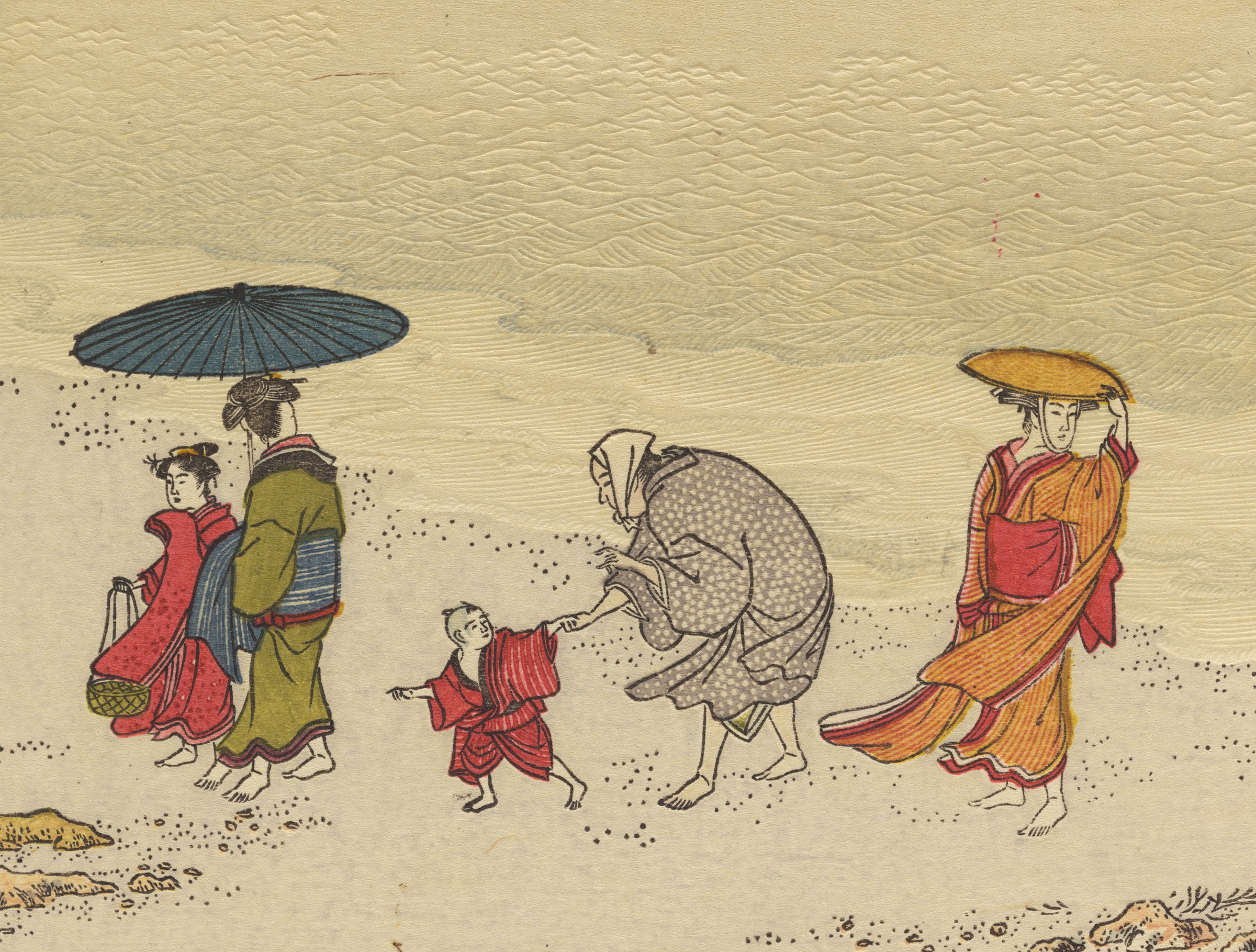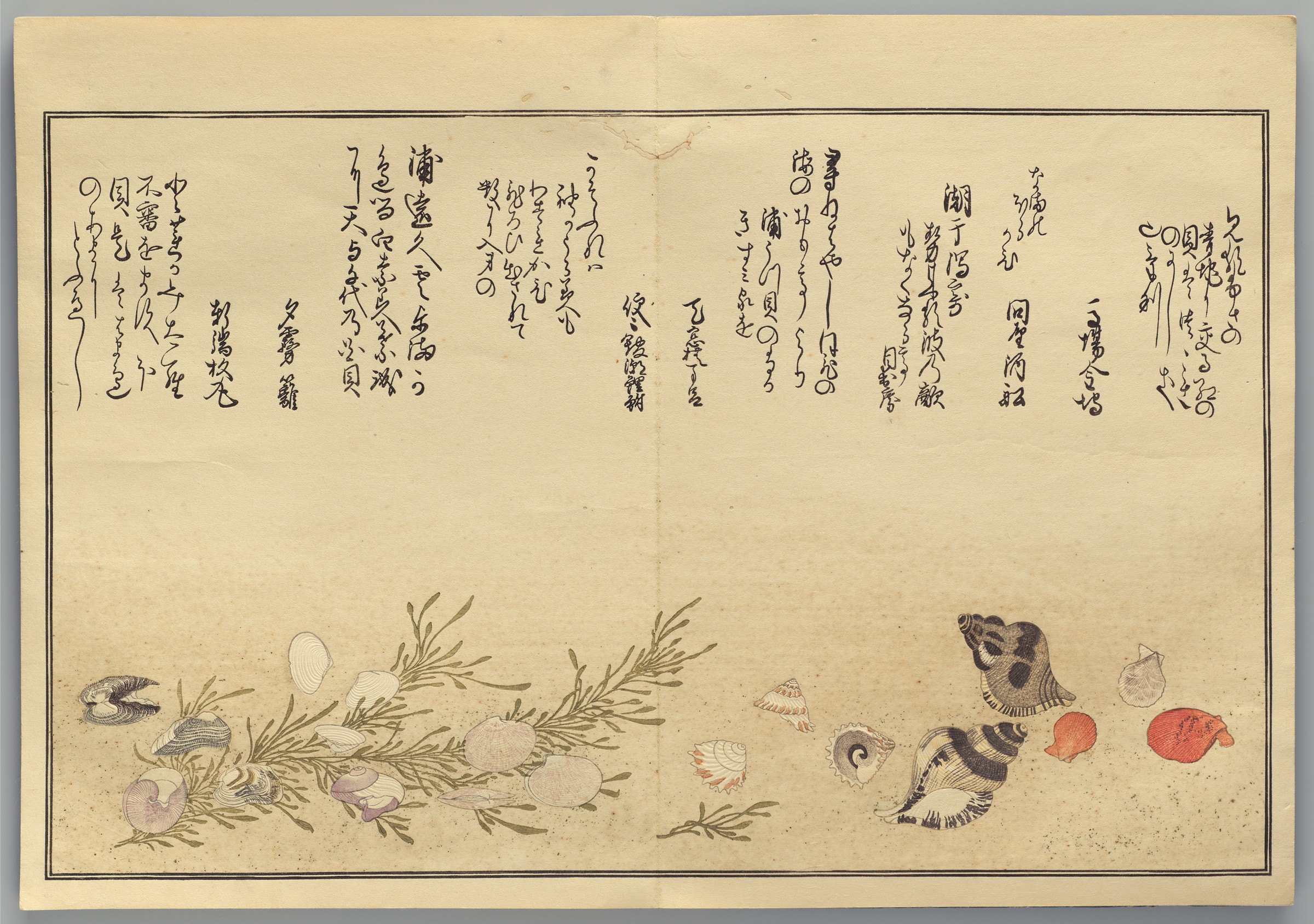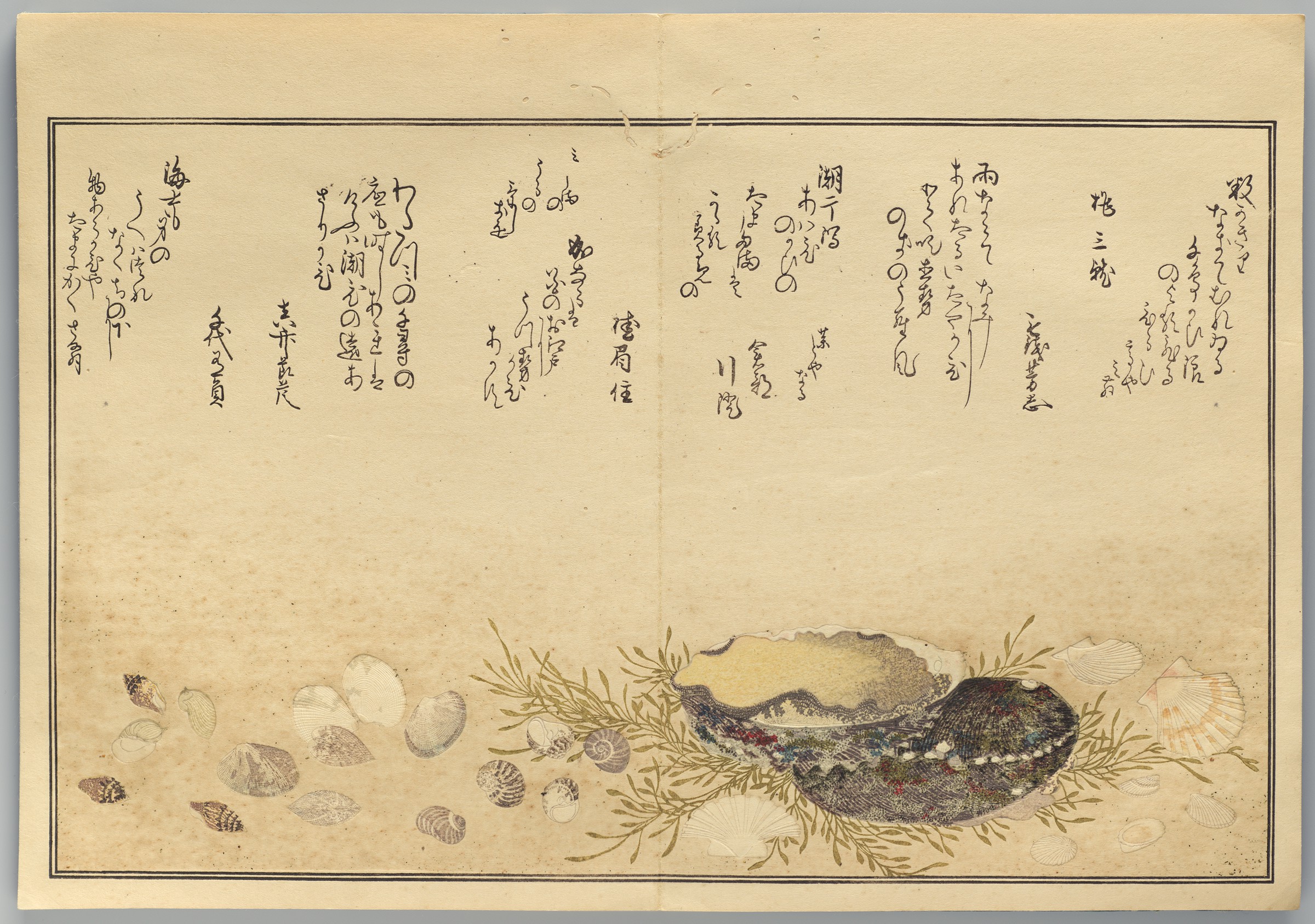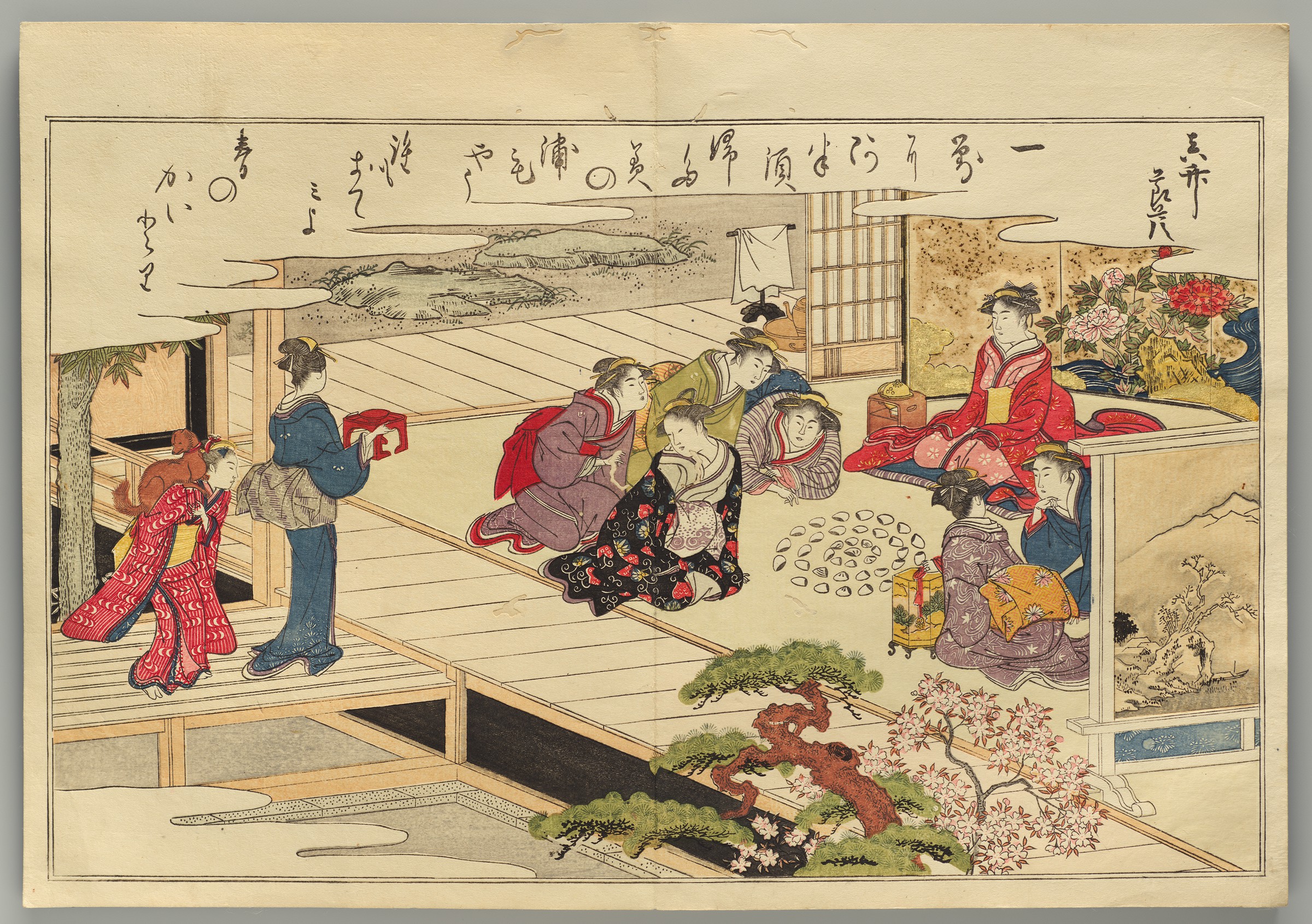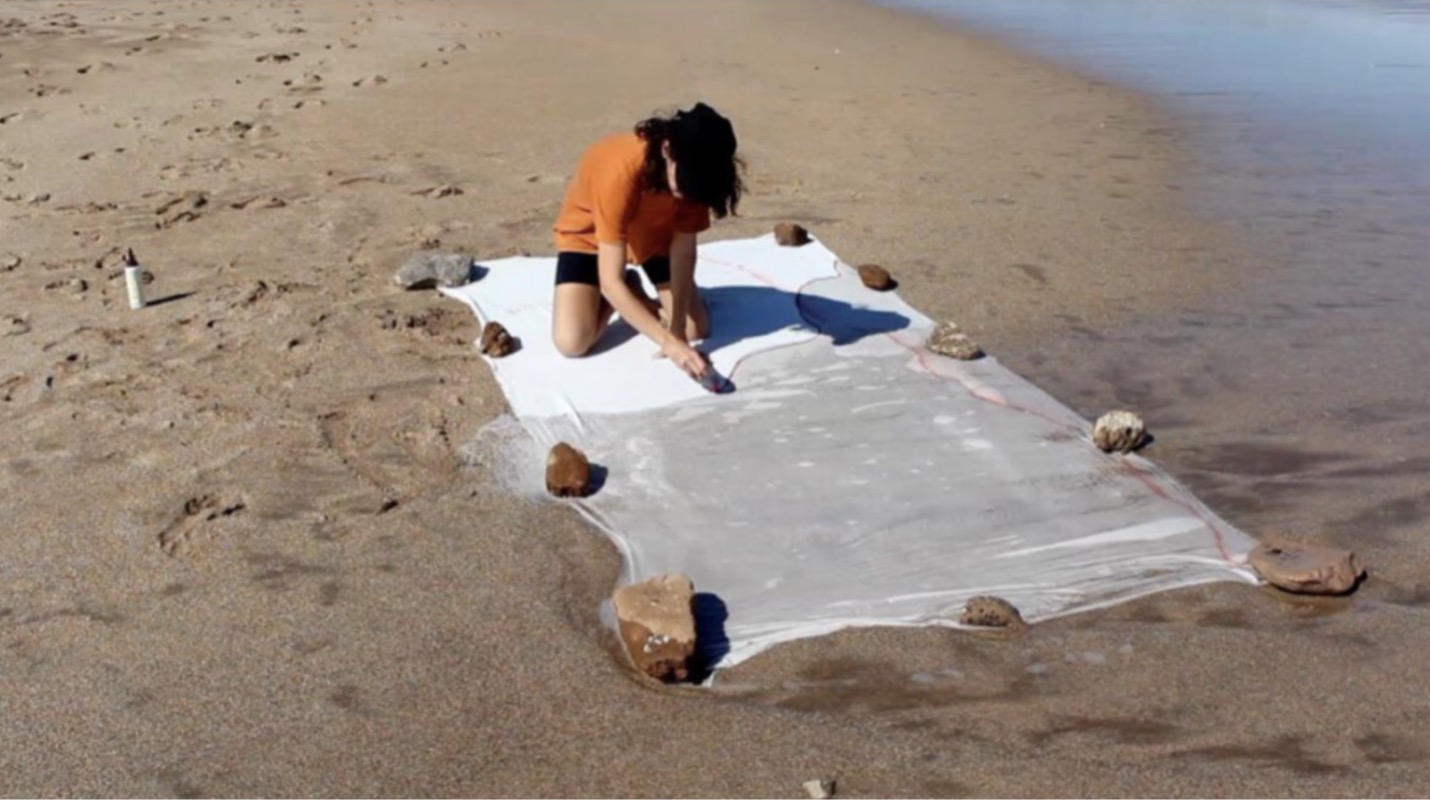Renowned for their technical sophistication and colorful imagery, Japanese woodblock prints have appealed to viewers for centuries. They have also been a source of fascination for a generous group of Harvard alumni and affiliates.
Through gifts made to the Fogg Museum as early as 1910, Japanese woodblock prints were among the earliest examples of Asian art to enter the museums’ collections. Since then, donors’ extraordinary gifts and careful stewardship by curators have seen the collection blossom to approximately 5,000 single-sheet prints. Luxury surimono prints, printed handscrolls, and printed books by renowned designers such as Suzuki Harunobu (1725–1770), Utagawa Hiroshige (1797–1858), Sharaku (active 1794–95), Itō Jakuchū (1716–1800), and Katsushika Hokusai (1760–1849) are among the holdings in the collection.
Highlights are featured in Japan on Paper, on view through August 11, 2019. The exhibition explores this museums’ woodblock print collection in depth, with a focus on both its growth and the history of Japanese printmaking. The exhibition is co-curated by Quintana Heathman, a former curatorial fellow in Japanese art (2014–16), and Rachel Saunders, the Abby Aldrich Rockefeller Associate Curator of Asian Art.
Transformative Moments
The first dozen Japanese woodblock prints to enter the Fogg’s collection were given in 1910 by Owen F. Bryant (1882–1958; Harvard Class of 1904). President of a Canadian oil company, Bryant was also a natural history buff and an insect collector (the ground beetle Tachys bryanti was named for him). His gift, which included the work of artists Hokusai and Kitagawa Utamaro, represented the Fogg’s earliest foray into collecting these prints in earnest.
